Successione per causa di morte
aggiornamento: 27 marzo 2020
Last updated on 27 March 2020 by the Italian Ministry of Justice
SUCCESSION UPON DEATH
Through succession upon death the deceased's rights and properties are transferred to other individuals.
There are two types of succession:
- testate succession: when the deceased has left a will, or has made dispositions concerning his property after his death;
- intestate succession: when the deceased has not left (valid) dispositions for his death.
Both types can also coexist, when for instance the deceased has only made dispositions for some of his assets.
To be able to receive the estate the beneficiaries must have the ‘capacity to inherit’ and not be ‘debarred from succession’. In some cases, they can receive the inheritance by taking the place of another heir; this is termed ‘representation’.
The capacity to inherit
This is the fitness of a natural person to be able to become the heir of a deceased person. To be eligible to receive an inheritance has nothing to do with being of age or compos mentis; it is enough to have been born or even conceived at the time of the death of the individual whose estate is in question.
Unworthiness to inherit
This is a reason for being debarred from the capacity to inherit governed by Article 463 of the Italian Civil Code, and applies to persons who have committed particularly serious acts against the deceased or against close members of his family (for example, deliberate homicide - including attempted homicide).
Representation
Representation, governed by Article 467 of the Italian Civil Code, occurs when an individual receives the inheritance from a deceased person by taking the place of his own parent or grandparent (‘direct ascendant’) or uncle or aunt (‘collateral ascendant’) who is either deceased or does not want to accept the inheritance.
►Help us improve►Contact Assistance Services |
 |



